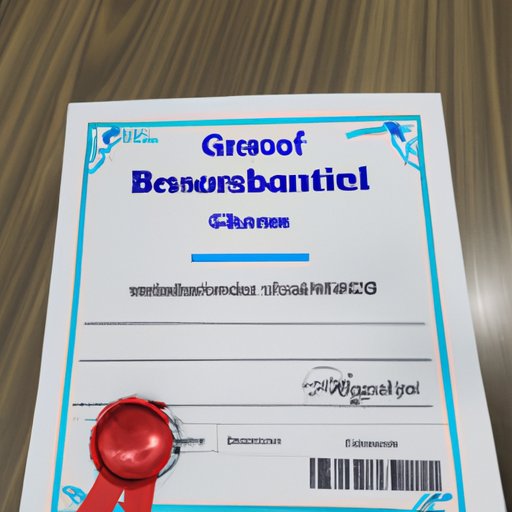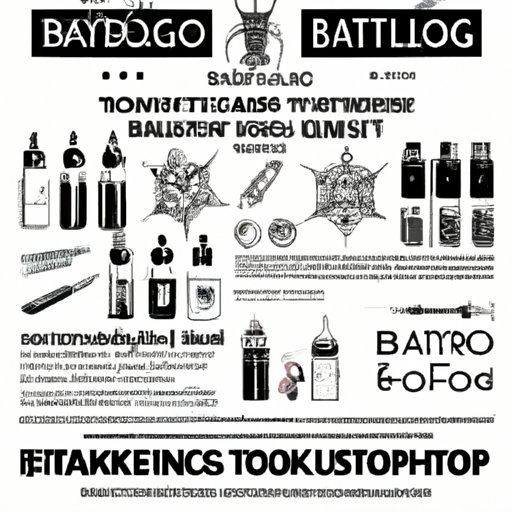Introduction
A tattoo artist is a professional who applies permanent designs to a person’s skin. Tattoo artists are highly skilled and must have both artistic talent and technical skill. Becoming a tattoo artist requires dedication and hard work, but can be a rewarding career with flexible hours and a steady income. This guide will provide an overview of the steps necessary to become a tattoo artist.
Research Local Laws and Regulations for Tattooing
The first step in becoming a tattoo artist is to understand the local laws and regulations related to tattooing. According to the Alliance of Professional Tattooists, “Each state has its own laws and regulations governing the practice of tattooing” 1. It is important to research the laws in your area to determine what licensing is required to legally practice tattooing. Additionally, each locality may also have their own regulations that you need to be aware of and adhere to.
Attend a Reputable Tattoo School or Apprenticeship Program
One of the best ways to learn the skills necessary to become a tattoo artist is to attend a tattoo school or apprenticeship program. There are many options available when it comes to choosing a tattoo school or apprenticeship program, so it is important to do your research before making a decision. Consider factors such as cost, length of the program, and reputation of the school or program. Additionally, it is important to make sure that the program is accredited by the appropriate authorities in your area.

Obtain Certificate of Bloodborne Pathogens Training
In addition to attending a tattoo school or apprenticeship program, it is important to obtain a certificate of bloodborne pathogens training. According to the Centers for Disease Control and Prevention (CDC), “Bloodborne pathogens are microorganisms such as viruses or bacteria that are carried in blood and can cause disease in people” 2. It is important to take a course on bloodborne pathogens to ensure that you are taking the necessary precautions to protect yourself and your clients from the spread of these potentially dangerous diseases.

Build a Portfolio of Work
Once you have obtained the necessary training and certification, it is important to start building a portfolio of your work. Showcasing your style and skill through a portfolio is one of the best ways to attract potential clients. Utilize social media platforms and professional websites to share your work and draw more attention to your artistry.
Invest in Professional-Grade Equipment
In order to be successful as a tattoo artist, it is important to invest in professional-grade equipment. Necessary items include needles, ink, gloves, and disinfectants. It is important to use quality supplies to ensure the safety and satisfaction of your clients. Additionally, having the proper equipment will help to ensure that your tattoos look their best.
Develop a Safety Plan
It is important to develop a safety plan to ensure the safety of both yourself and your clients. Guidelines for working with clients should include sanitization protocols and aftercare instructions. Additionally, it is important to consider your own personal safety during tattoo sessions. Proper use of protective gear, such as gloves and masks, is essential to prevent the spread of germs.

Network with Fellow Artists and Potential Clients
Networking with fellow artists and potential clients is an important part of becoming a successful tattoo artist. Joining professional associations, such as the Alliance of Professional Tattooists, is a great way to connect with other professionals in the industry. Additionally, utilizing online platforms, such as Instagram and Facebook, can help you to promote your work and reach more people.
Conclusion
Becoming a tattoo artist is a multi-step process that requires dedication and hard work. It is important to research local laws and regulations, attend a reputable tattoo school or apprenticeship program, obtain a certificate of bloodborne pathogens training, build a portfolio of work, invest in professional-grade equipment, develop a safety plan, and network with fellow artists and potential clients. With the right knowledge and resources, anyone can become a successful tattoo artist.
(Note: Is this article not meeting your expectations? Do you have knowledge or insights to share? Unlock new opportunities and expand your reach by joining our authors team. Click Registration to join us and share your expertise with our readers.)
